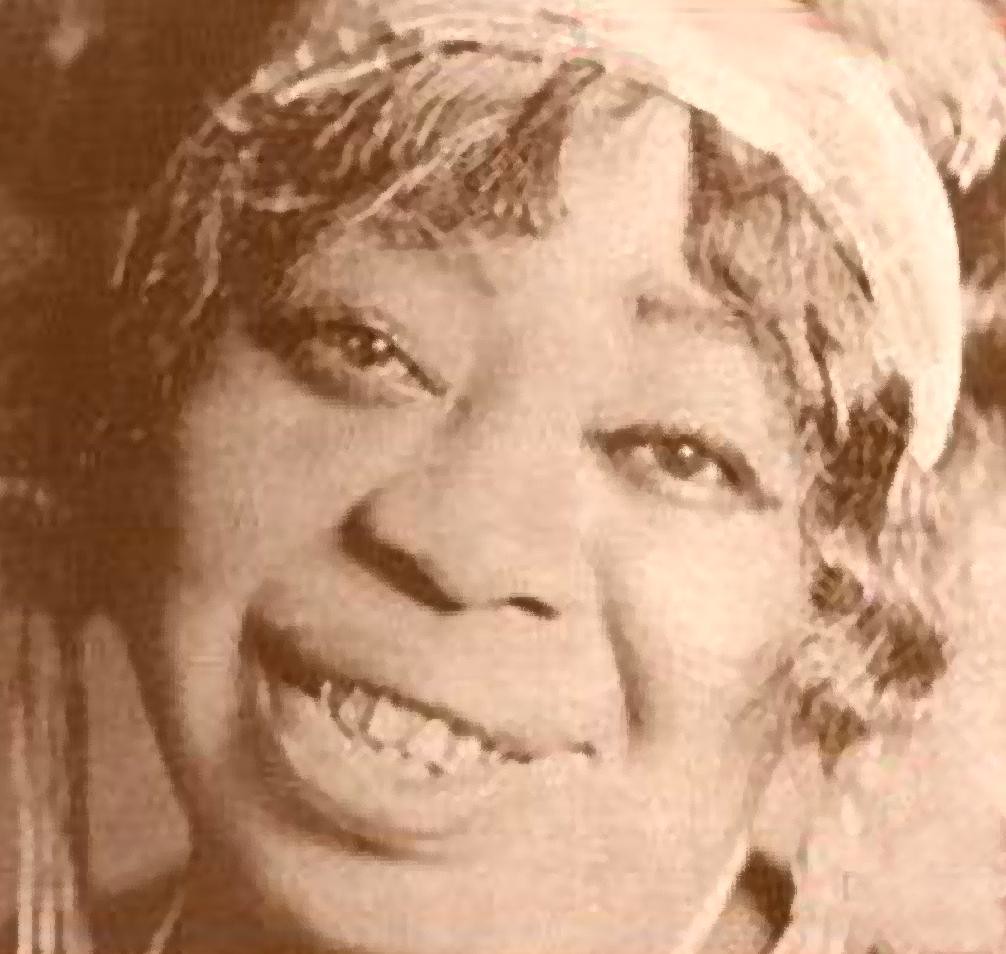Ferocious and fearless, these women dared to defy convention. Their inspiring, rip-roaring voices achieved them notoriety. They bemoaned the pain of a bitter love. Proudly, they hailed themselves as strong and independent; as beings of unfathomable greatness–as women.
April marks National Black Women’s History Month– 30 days where we honor the bold and brilliant African American women who defined history, who charted their own paths and paved the way for fellow women, especially in music. Thus, please join us as we recognize the leading ladies of the Blues.
The needle meets the vinyl, thus, producing a peculiar sound–the echoes of Vaudeville.
It is tinged by an archaic, granular texture; it is defined by a female whose voice pronounces above the moaning, jazzy instrumentals. She laments, “Hey, hey bo-weavil, don’t sing them blues no more; Hey, hey, bo-weavil, don’t sing them blues no more; Bo-weevil here, Bo-weevil everywhere you go.”
Acclaimed vaudeville diva Ma Rainey released her cover of the legendary song “Bo-weavil Blues” in the December of 1923. “Bo-weavil blues” highlights the legend of Rainey, a tenacious performer who blazed her own trail; who defined her own distinctive style during a time when there were far-too-few female entertainers.
Rainey, birthname Getrude Pridgett, was born in Columbus, Georgia on April 26, 1886. Throughout her youth, Rainey was immensely involved in the theatrical world for her parents Thomas Pridgett, Sr and Ella Allan-Pridgett were minstrel troupers.
Having imbibed much of the culture, the practiced Rainey obtained a professional entertainment career in her teens, notably as a singer and dancer performing at the Springer Opera House in a local talent show in 1900.
Shortly following, Pridgett took up the famous moniker Ma Rainey for she married comedy songster William “Pa” Rainey on February 2, 1904. Billed as “The Assassinators of the Blues,” the two traveled throughout the deep south, performing at tent shows, cabarets and the like.
While touring, Rainey discovered “authentic country blues,” an entity Rainey had not known in Columbus. Thereon, Rainey skillfully incorporated the blues into her vocabulary–an unforeseen endeavor at the time.
It is rumored that in 1912, Rainey befriended and tutored Bessie Smith, then a young and aspiring dancer. However, historians believe that, while Rainey did pass on some wisdom onto Smith, she likely did not greatly influence Smith’s style.
In 1916, Rainey separated from her husband, adopted the name “Madame Gertrude Ma Rainey” and produced not only her own band but tour that featured a “a chorus line…a Cotton Blossoms Show and Donald MeGregor’s Carnival Show.”
Three years following the release of “Crazy Blues” by Mamie Smith–the first-ever blues record to be published–the experienced and ever-popular Rainey signed a contract with Columbia Records in 1923. With the aid of Mayo “Ink” Williams, Rainey began her short, yet accomplished recording career.
During this time, she collaborated with prolific acts of the time, such as Lovie Austin and Louis Armstrong. By the final sessions in 1928, Rainey recorded over 100 songs within six mere years. Her music was relatable to audiences for Rainey’s tales divulged of love and heartache; sex and promiscuity; hardwork and the joys of letting loose with drink and so forth.
Distinctly, Rainey produced the first-ever recording of “See See Rider” as Biography.com dubs the “most famous and recorded of all blues songs” in 1923 alongside “Moonshine Blues” with Lovie Austin and “Yonder Comes the Blues” with Louis Armstrong.
Accompanied by a back-up band “The Wild jazz Cats,” Rainey engaged in a Paramount promotional tour that debuted at Chicago’s Grand Theater on State Street.
Adorned in glittering diamonds and regal gowns, Rainey immediately captivated audiences, enrapturing them as she emerged from the cabinet of an oversized victrola singing “Moonshine Blues.” Her performance remains the “first appearance of a ‘down home’ blues artist at the famous southside venue.” It is noted that her famed golden teeth sparkled in the stage lights.
Rainey continued to perform with the Wild Jazz Cats until director-manager Thomas A. Dorsey departed in 1926. Thereon, beneath Paramount, she recorded with a multitude of musicians as Ma Rainey and her Georgia Jazz Band.
In 1935, Rainey retired due to the passing of her mother and sister and returned to Columbus. There, she was an active member of The Friendship Baptist Church and organizer of two entertainment venues, the Lyric Theater and the Airdom, until her death on December 22, 1939.
Dubbed “The Mother of the Blues,” Ma Rainey lies in history for her many achievements as a savvy businesswoman and a powerful entertainer. Her legacy lingers in assorted works, such as August Wilson’s 1984 play “Ma Rainey’s Black Bottom.”
It has also been announced that Academy Award winner Viola Davis will star alongside Chadwick Boseman in the motion picture adaptation of “Ma Rainey’s Black Bottom” for the hit streaming platform, Netflix.
Taylor Pendleton
Copy Editor

